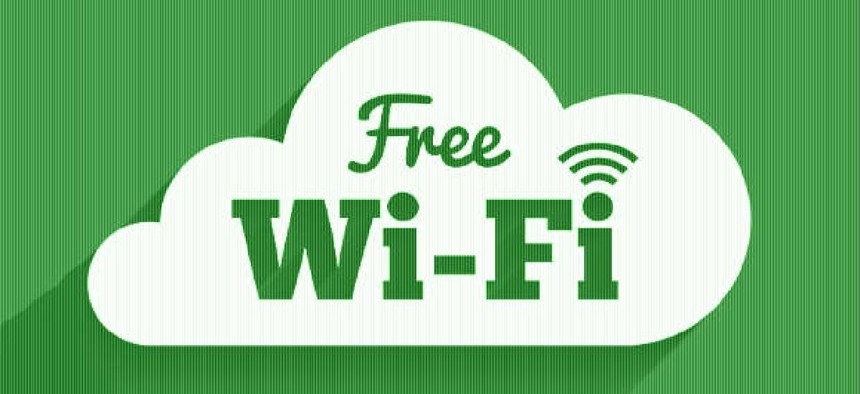Seattle tests Wi-Fi via 'TV white space'


Connecting state and local government leaders
Pilot program offers high-speed access to thousands, and could be extended to other city neighborhoods.
Seattle Center -- the 74 acre urban campus that was home to Seattle's 1962 World's Fair -- is using "TV white space" to offer fast and free Wi-Fi to the public.
The adoption is a pilot to see how the technology, also known as Super Wi-Fi, could be rolled out to the city's neighborhoods, said Mayor Ed Murray when he unveiled the pilot in late March.
More than 12 million people visit Seattle Center each year, Murray added. The new Wi-Fi network, developed in partnership with Microsoft, will be able to serve 25,000 people simultaneously, said Dayne Sampson, Microsoft Corporate Vice President of Engineering.
"That's a distinct difference from the free Wi-Fi often found in public places," said Sampson.
The new system is 5,000 times faster than the old system, which bogged down when too many people used it simultaneously. The faster speeds will allow enabling visitors to make Skype calls, back up photos, and connect with events and vendors at Seattle Center. The previous Wi-Fi network's speed supported only email and basic web browsing. For the new network, Microsoft brought in a digital fiber line capable of transmitting multiple gigabits per second.
The new system also nearly quadruples the number of access points available to users, according to a local media report. Regular users will be able to automatically connect to the high speed network via a downloadable Microsoft app.
"TV white space" refers to the portion of spectrum that is allocated to broadcast television, but is unused by channels in a given media market. The specific white spaces will vary from town to town, but almost every community has significant bands of unused spectrum, and television signals travel over longer distances and better penetrate walls and other obstacles than traditional Wi-Fi. It's also seen as a good option for rural communities lacking access to high-speed Internet.
Most white space deployments today are pilots. In late March, for example, Thurman, N.Y., announced that it is deploying white space broadband to 90 homes in the 1,200-resident town via a $200,000 New York state broadband grant. According to the report, at least 75 percent of the 400 homes in Thurman currently have no access to even basic broadband Internet.
Gigabit Libraries Network is another project providing high-speed access to libraries using the technology. Its initial pilot involved public libraries in six states: It accepted proposals from Delta County, Colo.; Pascagoula, Miss.; Stokie, Ill.; Humboldt County, Calif.; eight libraries in New Hampshire; and four locations in Kansas: Kansas City, Lawrence, Manhattan and Topeka/Shawnee. The Wi-Fi was deployed on e-bookmobiles and other publicly accessible places.
Gigabit Libraries Network is now into phase two of its pilot and has invited other libraries and "community anchors" to join the pilot, which grew out of a local initiative in Kansas City.
About 15,000 libraries around the country currently have Wi-Fi access, but their short-range signals require people to be on premises. And another 1,500 libraries have no wireless access at all.
Other areas with white space projects include Wilmington, N.C., El Dorado County, Calif., and West Virginia University.
In some 20 states, ISPs have successfully convinced state legislatures to prohibit local governments from providing free or low-cost access to high-speed Internet access because of competition concerns. A February ruling from the Federal Communications Commission, however, found that such laws are "barriers to broadband deployment, investment and competition, and conflict with the FCC's mandate to promote these goals." That declaration likely opens to door to more municipal Wi-Fi experiments.

NEXT STORY: How Colorado Is Trying to Convince Marijuana Enthusiasts Not to Drive Stoned




